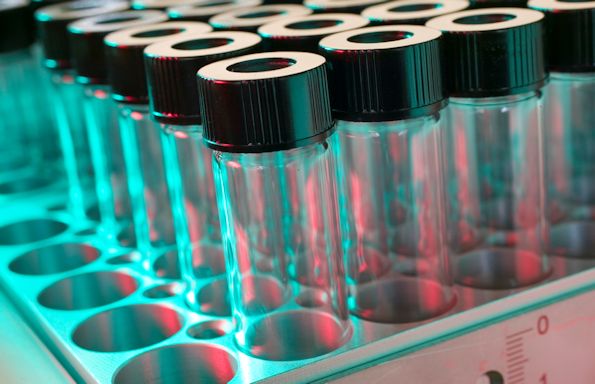Scientists from the University’s Department of Chemistry have demonstrated that unlike macroscopic objects, molecules can be stretched without making them break faster.
This finding opens up new opportunities for the design of new stress responsive polymers with applications in a variety of fields such as self-healing tyres, enhanced oil recovery and efficient recycling of polymers, and fundamental studies of behaviour of synthetic and biological polymers.
In a paper published in the journal Science, researchers demonstrated, for the first time, two new types of molecular responses to stretching. They designed and synthesized molecules which were more resistant to stretching the more they were pulled and demonstrated another molecule that fragmented not not along the pulling direction but at a right angle (orthogonal) to it.
This research expands the range of mechanochemical reactions that polymer scientists can now use to create new stress-responsive polymers, such as materials that change their colour when they are about to fail catastrophically, or that become stronger the more they are stresses (so called self-strengthening).
It also provides a database of experimental reaction parameters against which models of polymer mechanochemistry can be tested against.
Liverpool chemist, Dr Roman Boulatov, who led the research said: “This research is of considerable importance to the fields of material science and biophysics and challenges some of the foundational assumptions about chemical reactivity.
“It provides a simple conceptual framework which is useful in both guiding future efforts to design new molecules and reactions with unconventional responses to mechanical loads and to understand and generalise this behaviour, thus advancing our understanding of chemical reactivity into the realm that was largely outside the reach of modern chemistry.”
The paper `Experimentally realized mechanochemistry distinct from force accelerated scission of loaded bonds’ is published in Science (DOI: 10.1126/science.aan1026).
